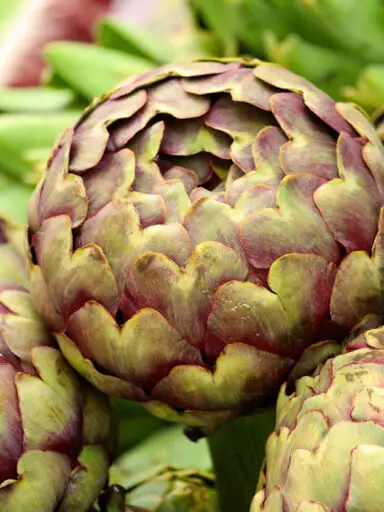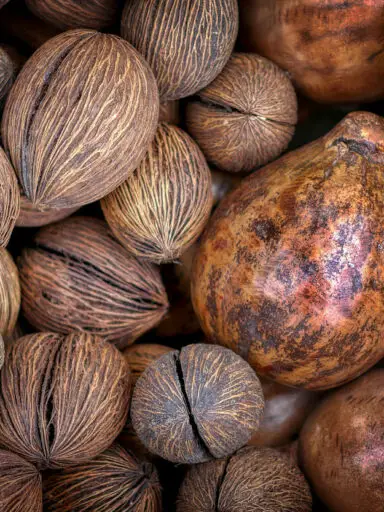Butternut squash also goes by the name butternut pumpkin or gramma. It is closely related to the pumpkin and grows off a vine. In Australia, it is referred to as a pumpkin. This is one of those fruits that are eaten as a vegetable. It is one of the most popular winter squash vegetables.
It grows well in warm tropical climates. It originates from the Central American region. The vine produces fruit from separate male and female flowers which rely on bees and other insects to pollinate them.
The fruit is pear-shaped and has a sweet nutty flavor. The flesh is golden in color and turns deep orange as it ripens.
The fruit can grow large and weigh up to 15 kg. The seeds which are rich in oil are also edible and resemble those of pumpkins.
Butternut squash is available in markets throughout the year be it locally grown or imported. Buy fruit that is brown and woody in texture. They should feel heavy in hand. They should not have bruises or cuts or show signs of mold or be mushy in any way whatsoever.
They can keep for several weeks in a cool dry and dark place at room temperature. Once cut up it should be stored in a refrigerator in an airtight container or plastic ziplock bag This way they will keep for several days.
How to Prepare Butternut Squash for Consumption
The fruits should be washed thoroughly under running water to remove dirt and soil as well as pesticide residue. The fruit can then be cut up depending on the recipe requirements. Even though grown for the fruit, the entire plant is edible. Whichever section you choose to eat it should all be washed thoroughly before cooking.
To cook the squash you can mash, purée as for soup, roast, sauté, toast, or add as an ingredient in vegetable and fruit salads, casseroles or eaten as a snack.
It can also be included in baked goods such as pie, cake, bread, and muffin preparations.
The seeds can be roasted, toasted, fried, and eaten as a snack or used in baked desserts. The leaves can be chopped and eaten as a vegetable as well as the tender leaves can be added raw to green salads.
Just like pumpkins and zucchini, squash flowers can be stuffed with cheese and eaten as a starter or added as a garnish in soup.
Nutritional Benefits
Butternut squash contains 45 calories per 100 grams. They contain good amounts of carbohydrates and dietary fiber. They contain no cholesterol. They are also a rich source of vitamins and minerals.
The squash is a good source of folates, niacin, pantothenic acid, pyridoxine as well as thiamin. It is also a rich source of vitamin A, vitamin C, and vitamin E.
The butternut squash is also rich in potassium, copper, iron, and calcium. Also included in that list are magnesium and phosphorus.




